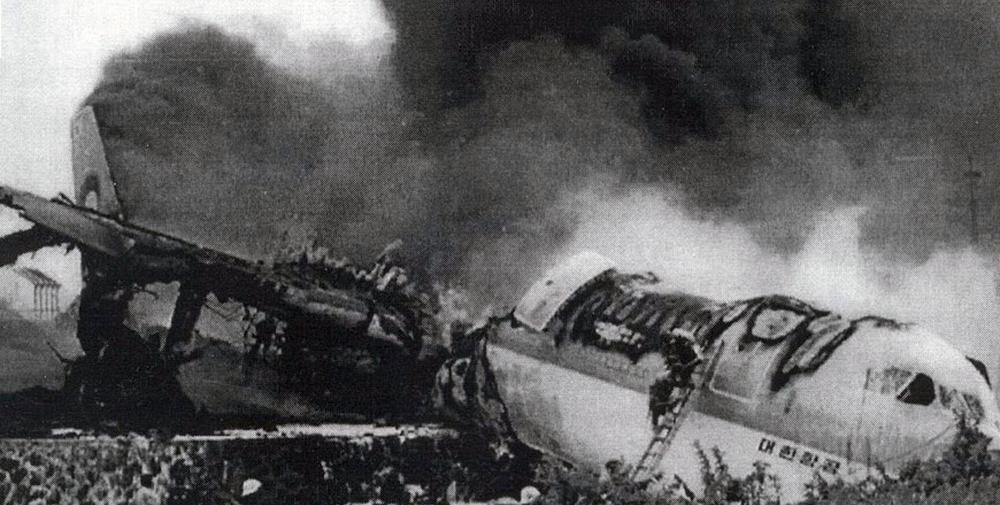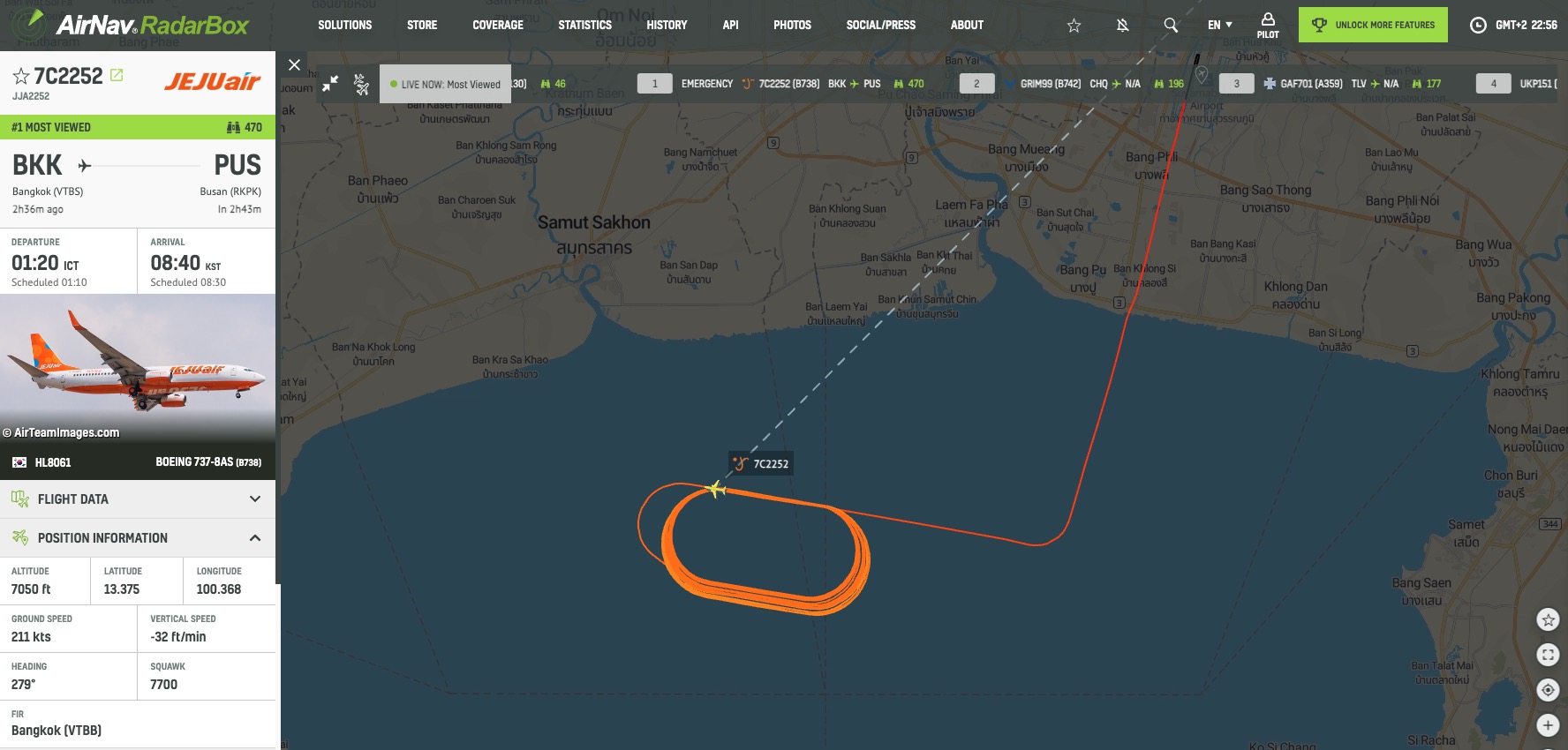
Bird Strike or Deeper Mystery: Unraveling the Enigmatic Crash of Jeju Air Flight
On July 7, 2021, a Jeju Air flight 7C 1520, crashed shortly after takeoff from Jeju International Airport in South Korea. The aircraft, an Embraer 190, crashed into a rocky area on the side of Mount Hallasan, killing all 49 passengers and crew on board.
Initial Reports: Bird Strike
The initial investigation into the crash focused on the possibility of a bird strike. This theory was supported by the discovery of bird feathers near the wreckage and the fact that the plane had been flying at a low altitude when it crashed. However, closer examination revealed that the damage to the aircraft was inconsistent with that typically caused by a bird strike.
Technical Malfunction Theory
This theory suggests that a technical malfunction may have caused the plane to crash. Specifically, some experts have pointed to the possibility of a problem with the aircraft’s flight control system. This system is responsible for controlling the aircraft’s movements, and any malfunction could have led to the plane becoming difficult or impossible to control.
However, this theory is also not without its problems. For example, the data from the plane’s flight recorders does not show any evidence of a technical malfunction. Furthermore, the aircraft had recently undergone a thorough maintenance check and was deemed to be in good working order.
Pilot Error
Another theory that has been considered is that of pilot error. This theory suggests that the pilot may have made a mistake that led to the plane crashing. For example, the pilot may have inadvertently pushed the plane too low to the ground or may have lost control of the aircraft due to spatial disorientation.
While it is impossible to say for sure what happened in the cockpit, there is some evidence that supports the pilot error theory. For example, the data from the plane’s flight recorders shows that the pilot had been making a number of unusual maneuvers in the moments leading up to the crash.
Conclusion
The cause of the Jeju Air Flight 7C 1520 crash remains a mystery. The initial investigation focused on the possibility of a bird strike, but this theory was later discounted. Other theories that have been considered include a technical malfunction and pilot error, but there is no conclusive evidence to support either of these theories.
The crash of Jeju Air Flight 7C 1520 is a reminder that aviation is a complex industry and that even the smallest of mistakes can have catastrophic consequences. It is important to learn from this tragedy and to take steps to prevent similar accidents from happening in the future.

